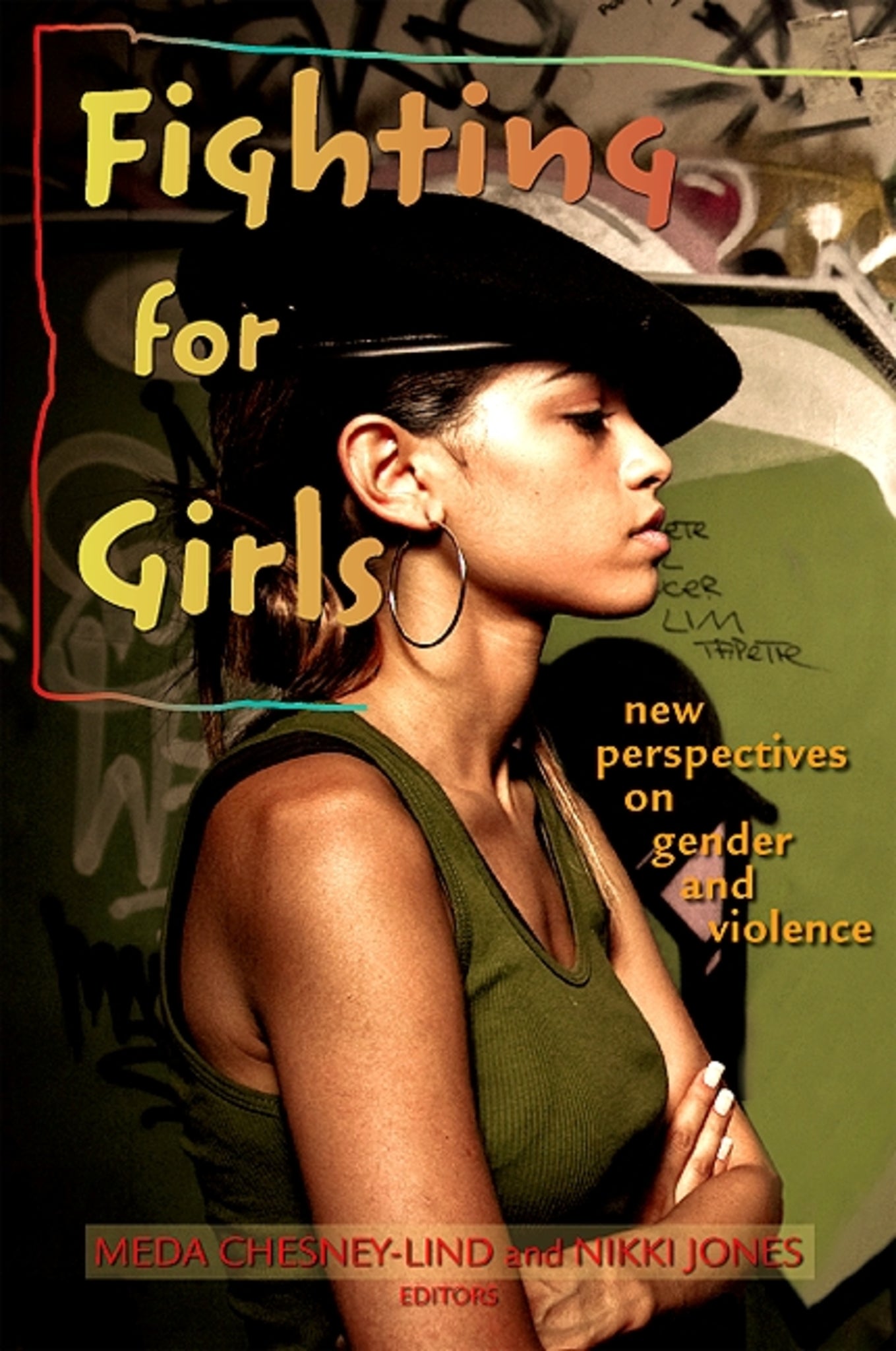We're sorry. An error has occurred
Please cancel or retry.
Fighting for Girls

Some error occured while loading the Quick View. Please close the Quick View and try reloading the page.
Couldn't load pickup availability
- Format:
-
03 September 2010

Cutting edge research into trends and social contexts of girls' violence.
Have girls really gone wild? Despite the media fascination with "bad girls," facts beyond the hype have remained unclear. Fighting for Girls focuses on these facts, and using the best data availabe about actual trends in girls' uses of violence, the scholars here find that by virtually any measure available, incidents of girls' violence are going down, not up. Additionally, rather than attributing girls violence to personality or to girls becoming "more like boys," Fighting for Girls focuses on the contexts that produce violence in girls, demonstrating how addressing the unique problems that confront girls in dating relationships, families, school hallways and classrooms, and in distressed urban neighborhoods can help reduce girls' use of violence. Often including girls' own voices, contributors to the volume illustrate why girls use violence in certain situations, encouraging us to pay attention to trauma in the girls' pasts as well as how violence becomes a tool girls use to survive toxic families, deteriorated neighborhoods, and neglectful schools.


"Fighting for Girls represents a much-needed antidote to the epidemic of depictions of girls as violent offenders threatening the fabric of contemporary society … in one volume, readers are presented with not only ten new investigations but also with discussions of findings from hundreds of other studies all pointing to the same conclusion: girls simply are not more violent than in past … Informed by feminist perspectives and contemporary research and theory in psychology, sociology and criminal justice, readers searching for information regarding the truth about the stereotypes of violent girls will not find a better, broader, or more in depth discussion of this issue than in Fighting for Girls." — Journal of Youth and Adolescence
"…a fresh, much needed look at violence among young (adolescent) girls. Chesney-Lind and Jones have assembled quite a volume; its ten chapters cover an enormous range … Highly recommended." — CHOICE
"From a broad range of perspectives and empirical studies, this book addresses a number of important questions central to the study of girls and violence." — Sara Goodkind, University of Pittsburgh
List of Tables
Acknowledgments
Introduction
Meda Chesney-Lind and Nikki Jones
Part I. Real Trends in Female Violence: Getting Tough on Girls
1. Have "Girls Gone Wild"?
Mike Males
2. Criminalizing Assault: Do Age and Gender Matter?
Eve S. Buzawa and David Hirschel
3. Jailing "Bad" Girls: Girls’ Violence and Trends in Female Incarceration
Meda Chesney-Lind
Part II. Girls’ Violence: Institutional Contexts and Concerns
4. The Gendering of Violence in Intimate Relationships: How Violence Makes Sex Less Safe for Girls
Melissa E. Dichter, Julie A. Cederbaum, and Anne M. Teitelman
5. Policing Girlhood? Relational Aggression and Violence Prevention
Meda Chesney-Lind, Merry Morash, and Katherine Irwin
6. "I don’t know if you consider that as violence...": Using Attachment Theory to Understand Girls' Perspectives on Violence
Judith A. Ryder
7. Reducing Aggressive Behavior in Adolescent Girls by Attending to School Climate
Sibylle Artz and Diana Nicholson
8. Negotiations of the Living Space: Life in the Group Home for Girls Who Use Violence
Marion Brown
Part III. Girls’ Violence: Explanations and Implications
9. "It’s about being a survivor...": African American Girls, Gender, and the Context of Inner-City Violence
Nikki Jones
10. The Importance of Context in the Production of Older Girls’ Violence: Implications for the Focus of Interventions
Merry Morash, Suyeon Park, and Jung-mi Kim
Epilogue: Moral Panics, Violence, and the Policing of Girls: Reasserting Patriarchal Control in the New Millennium
Walter S. DeKeseredy
About the Contributors
Index



